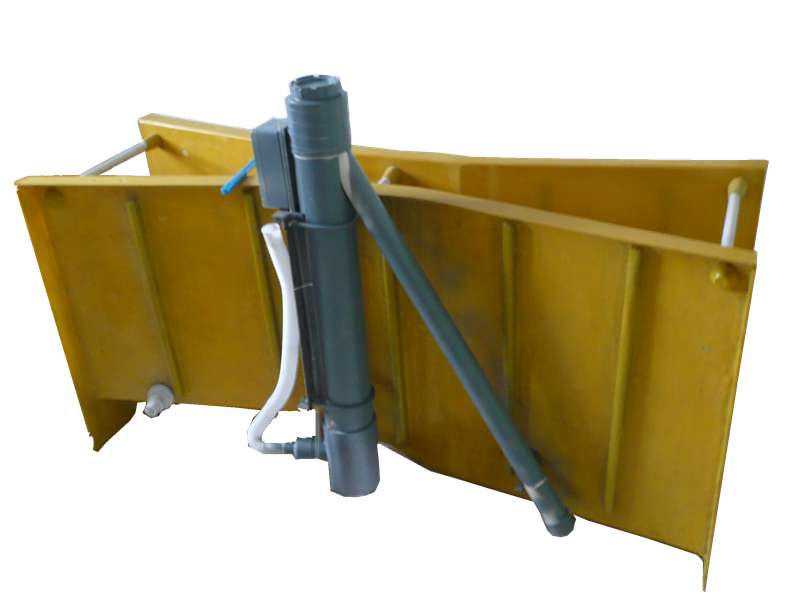
-
 Afrikaans
Afrikaans -
 Albanian
Albanian -
 Amharic
Amharic -
 Arabic
Arabic -
 Armenian
Armenian -
 Azerbaijani
Azerbaijani -
 Basque
Basque -
 Belarusian
Belarusian -
 Bengali
Bengali -
 Bosnian
Bosnian -
 Bulgarian
Bulgarian -
 Catalan
Catalan -
 Cebuano
Cebuano -
 China
China -
 China (Taiwan)
China (Taiwan) -
 Corsican
Corsican -
 Croatian
Croatian -
 Czech
Czech -
 Danish
Danish -
 Dutch
Dutch -
 English
English -
 Esperanto
Esperanto -
 Estonian
Estonian -
 Finnish
Finnish -
 French
French -
 Frisian
Frisian -
 Galician
Galician -
 Georgian
Georgian -
 German
German -
 Greek
Greek -
 Gujarati
Gujarati -
 Haitian Creole
Haitian Creole -
 hausa
hausa -
 hawaiian
hawaiian -
 Hebrew
Hebrew -
 Hindi
Hindi -
 Miao
Miao -
 Hungarian
Hungarian -
 Icelandic
Icelandic -
 igbo
igbo -
 Indonesian
Indonesian -
 irish
irish -
 Italian
Italian -
 Japanese
Japanese -
 Javanese
Javanese -
 Kannada
Kannada -
 kazakh
kazakh -
 Khmer
Khmer -
 Rwandese
Rwandese -
 Korean
Korean -
 Kurdish
Kurdish -
 Kyrgyz
Kyrgyz -
 Lao
Lao -
 Latin
Latin -
 Latvian
Latvian -
 Lithuanian
Lithuanian -
 Luxembourgish
Luxembourgish -
 Macedonian
Macedonian -
 Malgashi
Malgashi -
 Malay
Malay -
 Malayalam
Malayalam -
 Maltese
Maltese -
 Maori
Maori -
 Marathi
Marathi -
 Mongolian
Mongolian -
 Myanmar
Myanmar -
 Nepali
Nepali -
 Norwegian
Norwegian -
 Norwegian
Norwegian -
 Occitan
Occitan -
 Pashto
Pashto -
 Persian
Persian -
 Polish
Polish -
 Portuguese
Portuguese -
 Punjabi
Punjabi -
 Romanian
Romanian -
 Russian
Russian -
 Samoan
Samoan -
 Scottish Gaelic
Scottish Gaelic -
 Serbian
Serbian -
 Sesotho
Sesotho -
 Shona
Shona -
 Sindhi
Sindhi -
 Sinhala
Sinhala -
 Slovak
Slovak -
 Slovenian
Slovenian -
 Somali
Somali -
 Spanish
Spanish -
 Sundanese
Sundanese -
 Swahili
Swahili -
 Swedish
Swedish -
 Tagalog
Tagalog -
 Tajik
Tajik -
 Tamil
Tamil -
 Tatar
Tatar -
 Telugu
Telugu -
 Thai
Thai -
 Turkish
Turkish -
 Turkmen
Turkmen -
 Ukrainian
Ukrainian -
 Urdu
Urdu -
 Uighur
Uighur -
 Uzbek
Uzbek -
 Vietnamese
Vietnamese -
 Welsh
Welsh -
 Bantu
Bantu -
 Yiddish
Yiddish -
 Yoruba
Yoruba -
 Zulu
Zulu
Enhanced Durability Solutions with Fiberglass Mesh Technology for Construction and Repair
The Versatility and Benefits of Fiberglass Grid
Fiberglass grid is a remarkable material that has garnered significant attention in various industries due to its unique properties and advantages. This grid, composed of woven fiberglass strands, offers exceptional strength, durability, and resistance to environmental factors, making it an ideal choice for a variety of applications.
One of the primary benefits of fiberglass grid is its impressive structural integrity. The material is lightweight yet incredibly strong, allowing it to bear heavy loads without the risk of deformation or breakage. This makes it particularly useful in construction and architectural applications, where it can be utilized for reinforcing structures, providing support in concrete applications, or even acting as a lightweight alternative to traditional steel mesh.
In addition to its strength, fiberglass grid is also highly resistant to corrosion and chemical damage. Unlike metal materials that can rust or degrade when exposed to moisture or harsh chemicals, fiberglass maintains its integrity over time. This property makes fiberglass grid especially suitable for use in industrial settings, wastewater treatment facilities, and chemical processing plants where exposure to corrosive substances is a concern. By using fiberglass grid, industries can reduce maintenance costs and extend the lifespan of their structures.
Moreover, fiberglass grid is incredibly versatile and can be manufactured in a variety of sizes and configurations to meet specific project requirements. It can come in different mesh sizes, thicknesses, and patterns, allowing engineers and architects to choose the most appropriate type for their application. This customization capability means that fiberglass grid can be used in everything from flooring systems to wall reinforcements and even as part of composite materials in aerospace and automotive industries.
fiberglass grid

Another significant advantage of fiberglass grid is its low thermal conductivity. It does not transmit heat effectively, which can be beneficial in applications where insulation is crucial. This property makes fiberglass grid an excellent choice for use in environments where temperature control is essential, such as refrigerated storage areas and temperature-sensitive manufacturing processes. By incorporating fiberglass grid, companies can improve energy efficiency and minimize costs associated with heating and cooling.
Furthermore, the installation of fiberglass grid is often simpler and faster than traditional materials. With its lightweight nature, workers can handle it easily, reducing labor costs and overall project timelines. The flexibility of fiberglass grid also allows it to be shaped and adjusted on-site, providing engineers and builders with the convenience they need to adapt to changing conditions during construction.
In the realm of aesthetics, fiberglass grid can be designed to complement various architectural styles. It can be coated with different finishes or colors, making it an attractive option for visible applications such as railings, fences, and decorative screens. This versatility allows designers to incorporate fiberglass grid into their projects without sacrificing visual appeal.
In conclusion, fiberglass grid is a highly versatile and beneficial material that offers a multitude of advantages across various industries. Its strength, durability, resistance to environmental factors, and ease of installation make it an ideal choice for construction, industrial applications, and more. As industries continue to seek innovative materials that enhance efficiency and performance, fiberglass grid will undoubtedly remain at the forefront as a sustainable and effective solution for contemporary challenges. Whether used for structural reinforcement, insulation, or decorative purposes, fiberglass grid proves to be an invaluable addition to modern engineering and design.
Latest news
-
High-Efficiency PDC Anchor Bits Fast High-Performance DrillingNewsJun.07,2025
-
Durable Corrosion-Resistant GRP Pipes & Fittings for Ship BuildingNewsJun.07,2025
-
Premium GRP Playground Equipment Durable & Safe FunNewsJun.06,2025
-
Premium FRP Storage Tanks - Corrosion Proof Acid ContainmentNewsJun.06,2025
-
FRP Absorber Industrial Noise Control SolutionNewsJun.06,2025
-
Efficient FRP Demister Superior Fog Elimination GearNewsJun.05,2025









